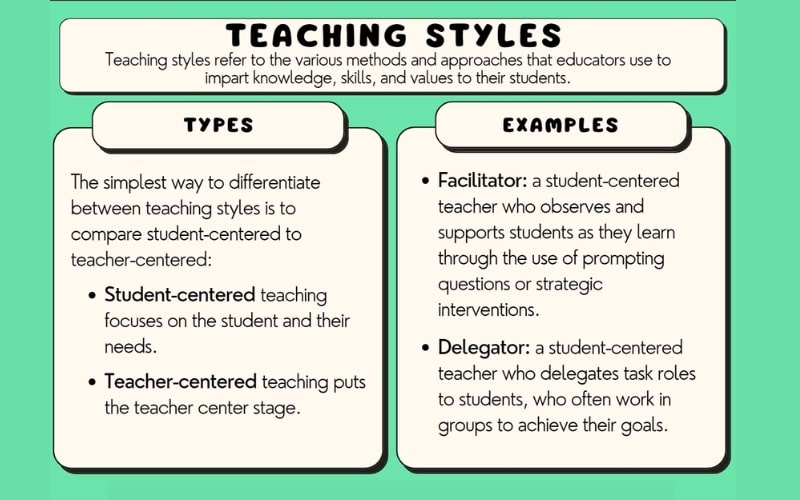Writing a teacher introduction letter to parents is a key step in building a positive relationship with the families of your students. This letter helps set the tone for the school year, giving parents an insight into who you are and how you plan to work with their children. At VTJ, we understand the importance of clear and welcoming communication, which is why we emphasize creating a thoughtful and engaging introduction letter. In this article, VTJ will guide you through the essential components of a teacher introduction letter!

Address the parents and caregivers
Start by greeting the parents and caregivers in a respectful and inclusive manner. This helps to create a positive relationship right from the beginning.
- Example: “Dear Parents and Guardians of Room 2107,”
This greeting ensures that everyone involved in the student’s life feels acknowledged and included.
Start by introducing yourself
Immediately introduce yourself at the beginning of the letter. This makes your correspondence more personal and helps the recipients feel connected to you.
- Example: “My name is Sarah Thompson, and I am thrilled to be your child’s 7th-grade math teacher this year. I have a passion for teaching and can’t wait to get to know your children.”.
This introduction is straightforward and friendly, setting a positive tone for the rest of the letter.
Explore More Teaching Tips: 50+ Teaching Assistant Interview Questions (And Examples)
Create a catchy subject line
If you are sending your introduction letter via email, make sure your subject line catches the recipient’s attention. It’s important to ensure your email is noticed and opened.
- Example: “Welcome to 7th grade math with Ms. Thompson: Exciting year ahead!”.
This subject line is enthusiastic and clearly indicates the content of the email, enticing parents to read further.
Share your experience and background
Sharing your teaching experience and educational background helps parents feel confident in your abilities as a teacher.
- Example: “I have been teaching math for eight years and hold a Master’s degree in Education from the University of Texas. My experience ranges from teaching elementary school math to advanced middle school courses, and I am committed to helping each student succeed.”
This section provides a clear picture of your qualifications and experience, instilling confidence in your expertise.
Explain your teaching style

Explaining your teaching philosophy helps parents understand your approach to education and what they can expect from you as a teacher.
- Example: “I believe in a student-centered approach to learning, where each child is encouraged to explore math concepts at their own pace.”
This gives parents insight into how you will interact with their children and what kind of classroom environment you promote.
Encourage parent involvement
Encouraging parent and guardian involvement is crucial for a child’s success in school. Teachers should let them know they value their input and want to work together to support the student’s learning.
- Example: “I invite you to be an active participant in your child’s education. Whether it’s through attending parent-teacher conferences, volunteering for classroom activities, or simply staying in touch, your involvement is invaluable. Let’s work together to make this a fantastic year for your child!”
This invitation makes parents feel welcomed and needed, promoting a team effort.
Discover Related Guides: 20+ Common teaching job interview questions & answers in Vietnam
Provide your contact details
Providing your contact information ensures that parents know how to reach you if they have questions or concerns.
- Example: “If you have any questions or concerns, please do not hesitate to contact me. You can reach me via email at sarah.thompson@school.com or call me at (555) 123-4567. I am available to discuss any aspect of your child’s education and look forward to working together.”
This makes it clear and easy for parents to know how and when to contact you.
Wrap up with a friendly note
Close out your letter by thanking the recipient and expressing your excitement for the upcoming school year.
Example: “Thank you for taking the time to read this letter. I am excited about the year ahead and am committed to making it a great one for all our students. With your support, we can make this year a memorable and enriching experience for your child!
Warm regards,
Ms. Sarah Thompson”
This closing is friendly and encouraging, reinforcing the collaborative spirit and positive outlook for the school year.
By following these steps, you can write a letter of introduction that sets a positive tone for the school year and helps build a strong relationship with your students’ parents and caregivers.
FAQs
How do you introduce yourself as a teacher?
Introducing yourself as a teacher involves briefly sharing your background, teaching experience, and what excites you about teaching. It’s an opportunity to set a welcoming tone and build a connection with students and their parents.
Example: “Hello! My name is Mrs. Emily Johnson, and I’m excited to be teaching 5th grade this year. With more than a decade in education, I’m dedicated to fostering a love of learning in my students. I look forward to partnering with you to ensure a successful and enjoyable year for your child”.
This introduction is friendly, informative, and sets the stage for a positive classroom experience.
See More Strategies: Motivation Letter: How to Write & Examples in 2025
In summary, crafting a thoughtful and engaging teacher introduction letter to parents is key to starting the school year on a positive note. By addressing the parents warmly, introducing yourself clearly, and sharing your teaching philosophy and contact information, you set the stage for a collaborative and successful year. Follow VTJ’s other posts to stay updated with more useful information!






